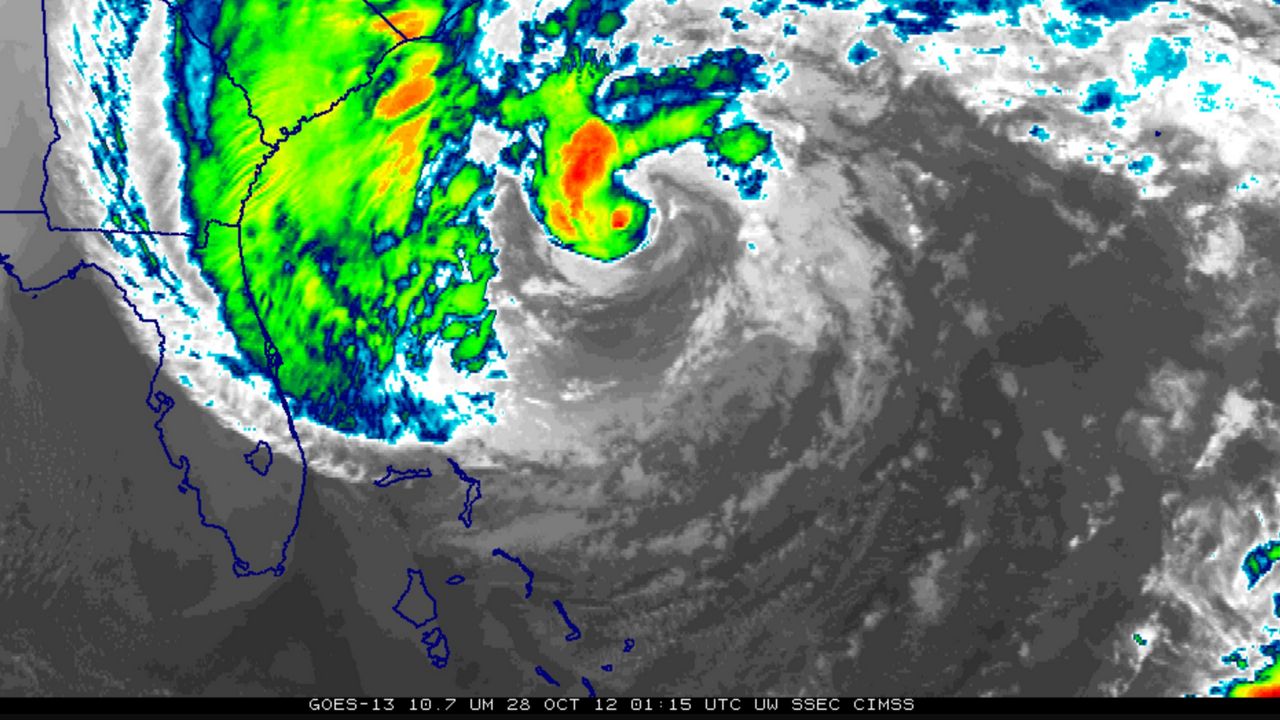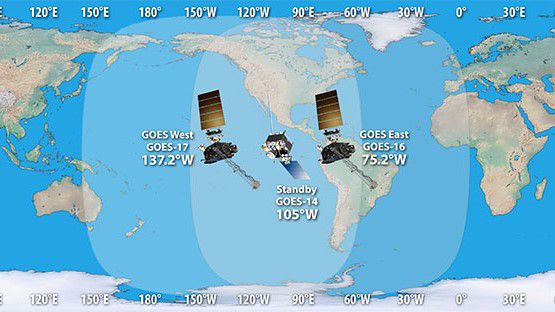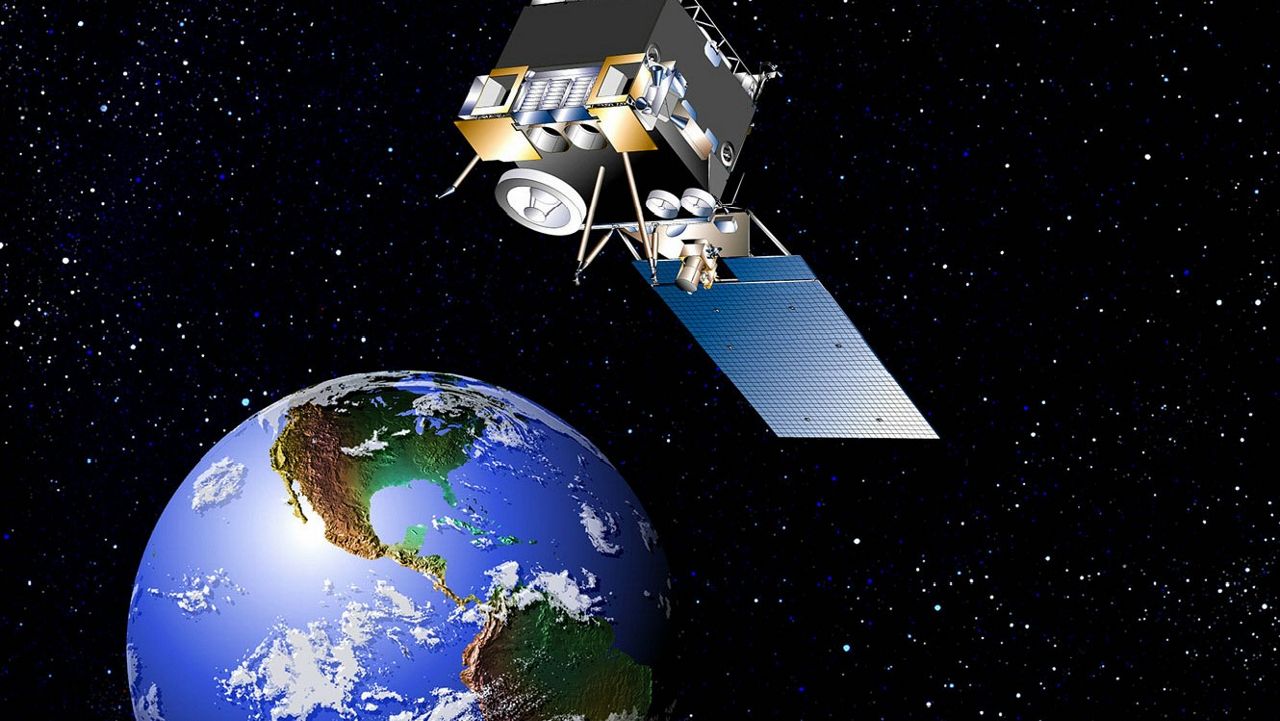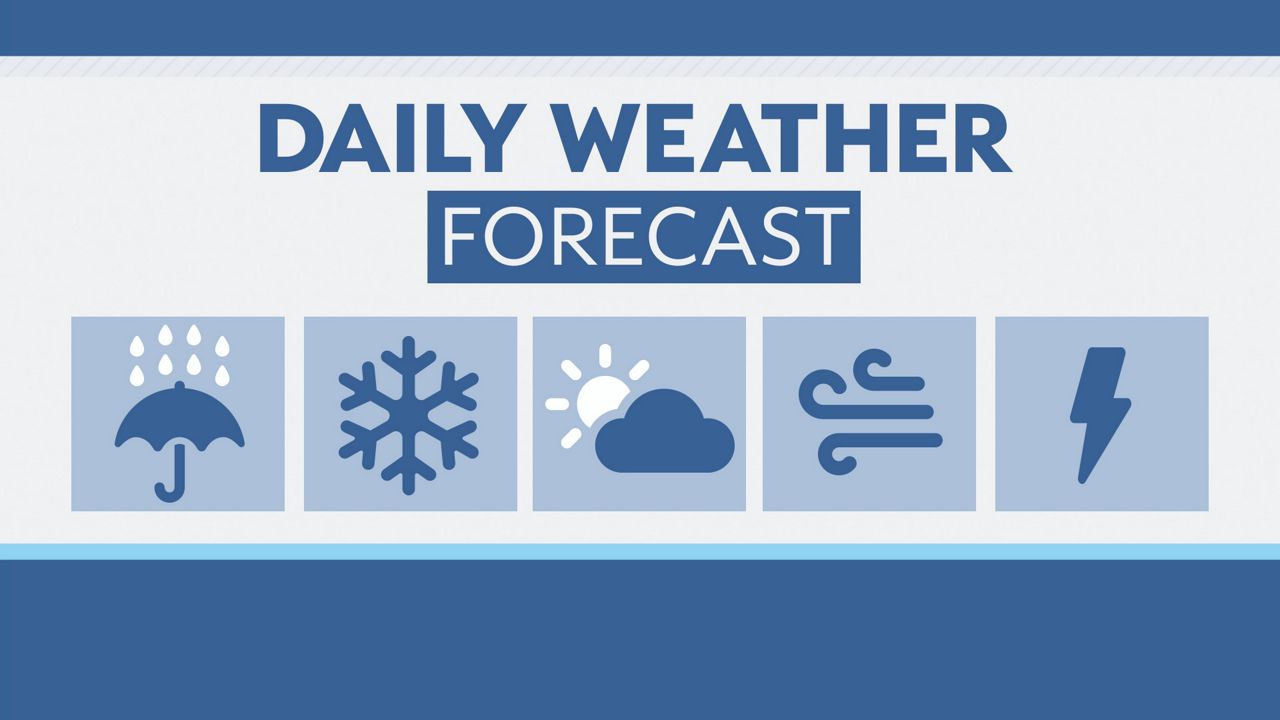What happens to a billion dollar weather satellite after it's no longer needed?
Weather satellites provide more than just a pretty animating backdrop behind the forecaster during a weather broadcast.
These multi-billion dollar complex pieces of machinery are over-engineered to overcome many obstacles once in orbit. Because once they're in orbit 23,000 miles away, there’s no way to fix or upgrade them.
The GOES series of weather satellites (Geostationary Operational Environmental Satellites) were first launched in 1974 with GOES-1.
In addition to pictures of the clouds, they provide critical inputs into the computer weather models that help forecast the weather around the globe. These variables include snow cover, water vapor, sunspot activity, even upper-air wind data to help hurricane forecasts.
In fact, it was the GOES 13 satellite that gave us images of Superstorm Sandy in 2012.

Weather satellites have an average useful lifespan of 10 years. Technology improves so much in a 10 year timespan, that newer technologies can make the next generation of weather satellites vastly more powerful.
For instance, the GOES-13 weather satellite that launched in May 2006 had “Y2K” tech on it. Remember the capabilities of a mobile phone in the year 2000 (other than making calls)? It didn’t do very much by today’s standards.
The newest weather satellites have such a high resolution that they can clearly see the eye of pinhole hurricanes.
Every year, when a new flagship phone is released, many opt to trade in their old device, which is then repurposed or sold as refurbished. The same thing can be done with a billion dollar piece of tech, orbiting around the planet.
Now that newer weather satellites have replaced GOES-13, what do you do with the old satellite? GOES-13 mostly works, but it’s no longer needed over the Eastern US, where it served dutifully for eight years in active mode (2010-2017).
Since weather satellites only see the hemisphere over which they’re located (see inset), these satellites must be moved around the planet to get a better view of the clouds of new areas.
While Europe and Asia have similar weather satellites to the latest GOES fleet that provide coverage over their respective parts of the globe, only one satellite exists centered over the Middle East, and it’s due to expire soon.

This is where the military comes in. The U.S. Air Force is tasked with providing accurate weather forecasts for operations in the Middle East.
In addition to classified weather satellites, the military uses Europe’s Meteosat-8, which is scheduled to run out of fuel later this year. GOES-13 was built with five extra years worth of fuel, extending its viable life until at least 2025, or beyond.
Because the East Coast satellite can’t see the weather over Afghanistan, it had to be moved. So “the little satellite that could”, propelled itself in a seven month journey from the skies over New York to the skies over New Delhi, a distance of nearly 40,000 miles along the arc.
During that move, its cruising speed was a whopping seven miles per hour. Since geostationary satellites always sit over the equator, it’s new address will be over the Indian Ocean.
GOES-13 isn’t the shiny and new satellite that you’d expect to see from the U.S. military. The satellite actually has irreparably broken parts, making it only partially functional.
Can’t the U.S. military launch their own weather satellite to forecast for other parts of the planet, rather than relying on an old, somewhat defunct weather satellite with 20 year old tech aboard?
Sure, but the process of commissioning a new satellite takes many years. For example, the contract to build and launch the current GOES-13 satellite was tendered in the late 90s! It’s so much faster and cost-effective to repurpose what’s already up in space.
In addition to a new address, the satellite also garnered a new name: the Electro-Optical Infrared Weather System – Geostationary, or EWS-G1. It will deliver weather information to the Space Force division of the U.S. Air Force.






